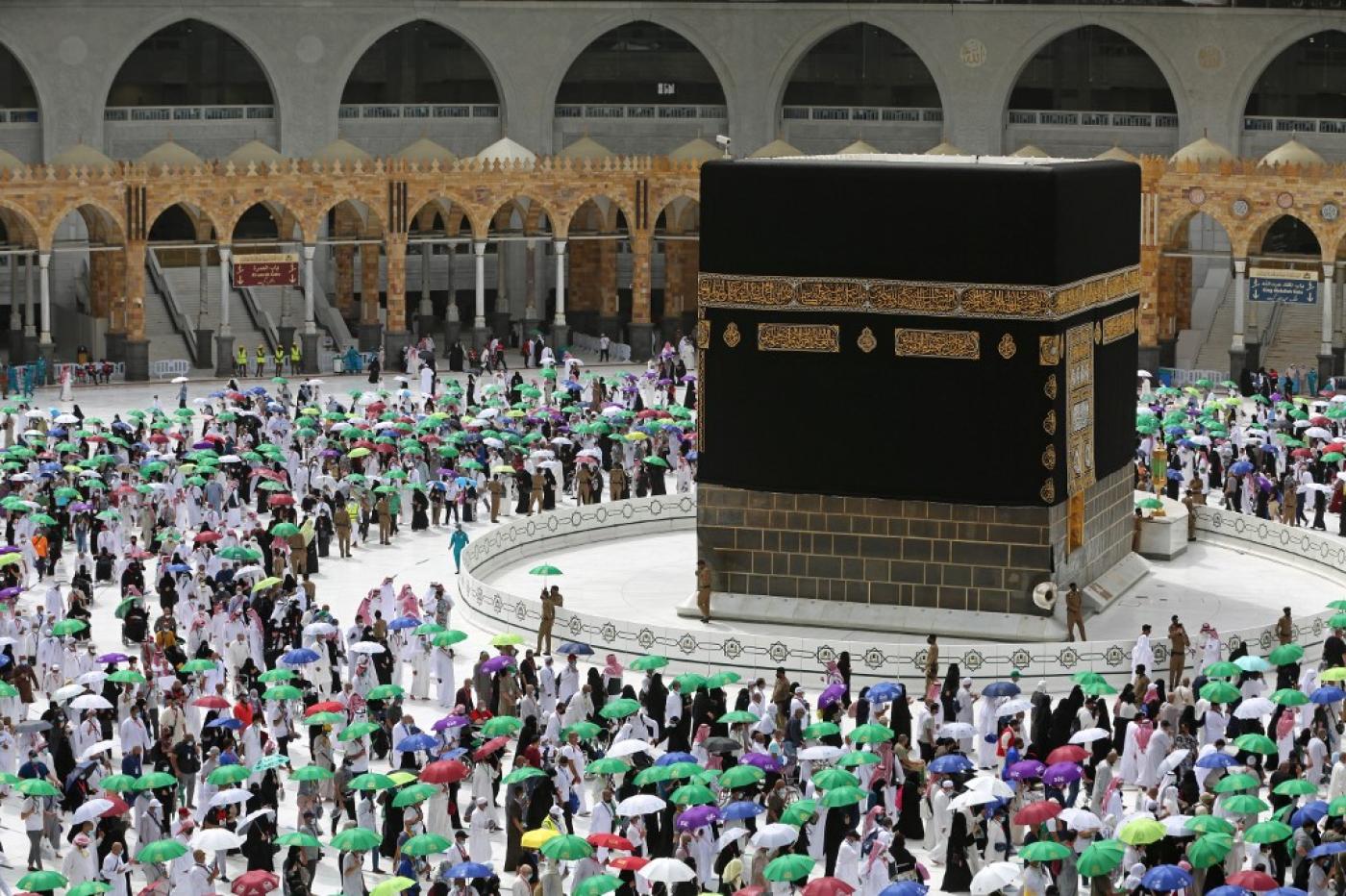The Kaaba history dates back to the time of Prophet Ibrahim (AS), who, according to Islamic tradition, was commanded by Allah to build the Kaaba with the help of his son, Ismail (AS). This structure was built as a house of worship dedicated to the one true God, making it the most sacred site in Islam. The Kaaba has witnessed various changes throughout the centuries, both in terms of its physical structure and its significance to the Muslim world.
Over the years, the Kaaba renovations have been numerous, ensuring the preservation of this sacred structure. The Kaaba has been rebuilt and restored multiple times, especially after it was damaged by floods and natural disasters. Each renovation preserved the original design, maintaining its historical integrity while adding modern features to support the increasing number of pilgrims. The most recent major renovation was in the 20th century, which included reinforcing the structure with more durable materials to withstand the large crowds during the Hajj season.
As a masterpiece of Islamic architecture, the Kaaba is a symbol of the unity of the Muslim Ummah. Its simple, cube-like structure is adorned with the Kiswah, a black cloth embroidered with verses from the Qur’an. The Kaaba’s significance goes beyond its physical beauty—it represents a unifying focal point for Muslims worldwide, as they face it during their prayers.
The sacred sites in Makkah revolve around the Kaaba, with millions of pilgrims traveling every year to perform the Hajj and Umrah rites. These rites emphasize the importance of the Prophet Ibrahim Kaaba in the Islamic faith, and the Kaaba’s history serves as a powerful reminder of devotion, faith, and the submission to the will of Allah.

